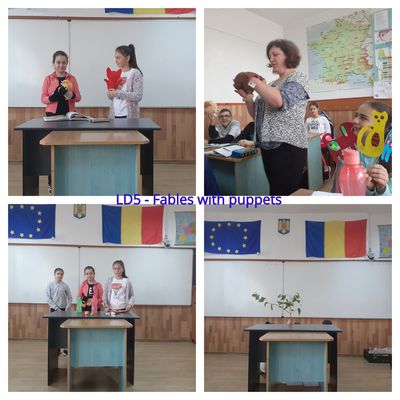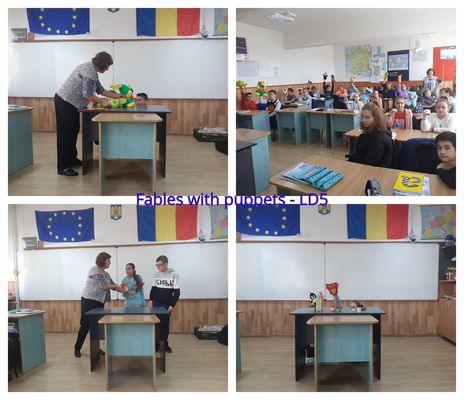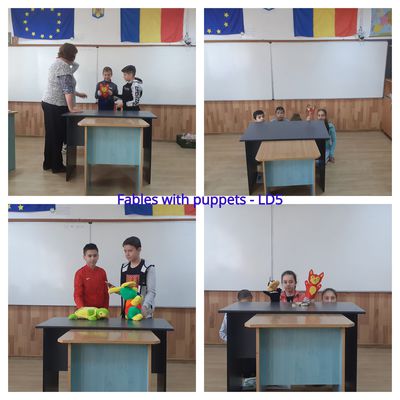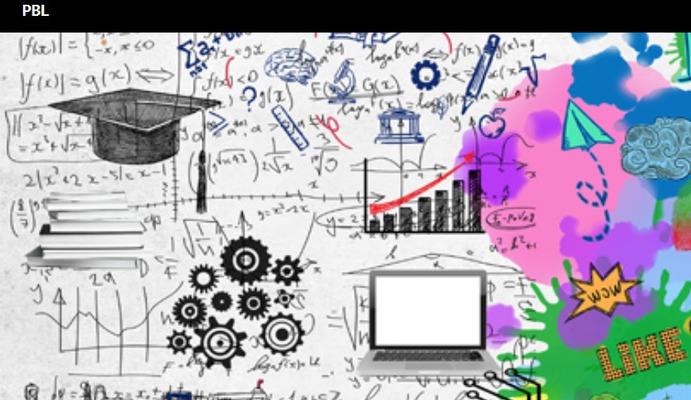
20-word lists to create stories (teaching tool)
Teacher: Loredana Popa
Each student created a list of 20 words, 10 nouns, 5 verbs and 5 adjectives that were then used by others to create stories. The stories must be coherent, include all the words in the list and can be illustrated. The students can create the stories on cardboard, on paper, online with storybird. The stories are then recorded to create podcasts for the visually impaired. To make them easier to access, the stories will have Auras connected to them, scanning the title of the story with Aurasma will trigger a video of the students reading it. Incorporating Augmented Reality into language learning makes students more involved, more eager and is a good way for visitors to access the stories as well (parents, guests).
Literary characters meet
Teacher: Muscalu Mirela
In teams, students draw several characters from stories, fables, books, then create a short version of a story, answering the 5 essential questions: who, what, where, when and how, then write the story. We tested this on our partners in the KA229 project Let's sharpen our minds and enrich our lives by creating a European TV channel, during the first teacher training that took place in Romania in November 2019.
Fables and puppeteering
Teacher: Muscalu Mirela
Students act out fables using puppets and even create their own fables and act them our for their colleagues.



Musicians meet
Teacher: Valentin Lupu
In pairs or in 3s, students act out an interview/dialogue between various musicians. For this they have to do research. They can use props, such as music pieces, pieces of clothing etc. It can be a dialogue between the 2 musicians, for example Michael Jackson and Beethoven, or it can be done as an interview, where a third student is the reporter. It works great with students as young as 11 (5th graders).
A different kind of diary
Teacher: Loredana Popa
Students, in this case 4th and 7th graders, had to look to their left and write a diary from the perspective of the first thing they saw. If nothing was there (though highly unlikely) or if they preferred, they could choose the perspective they are writing from. Have fun scrolling through their ideas.

Project Based Training: Problem solving with project research, preparation and protection.
The modern project of the student is a didactic tool for activating cognitive activity, for developing creativity and at the same time for forming certain personality traits.
Students are divided into working groups. There is a problem to resolve.
This is how they learn to think, share information, share responsibilities and take responsibility.
The method is suitable for successful involvement of parents in student studies.

Project Based Learning